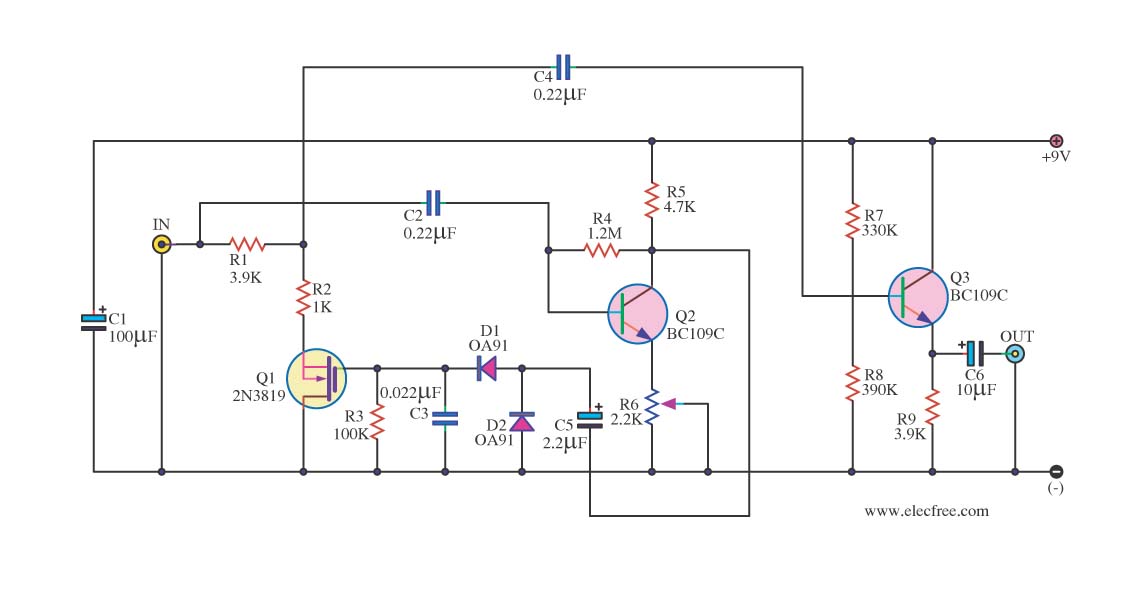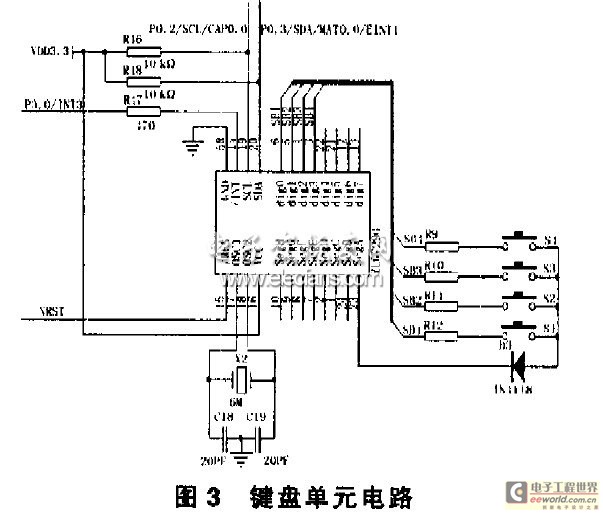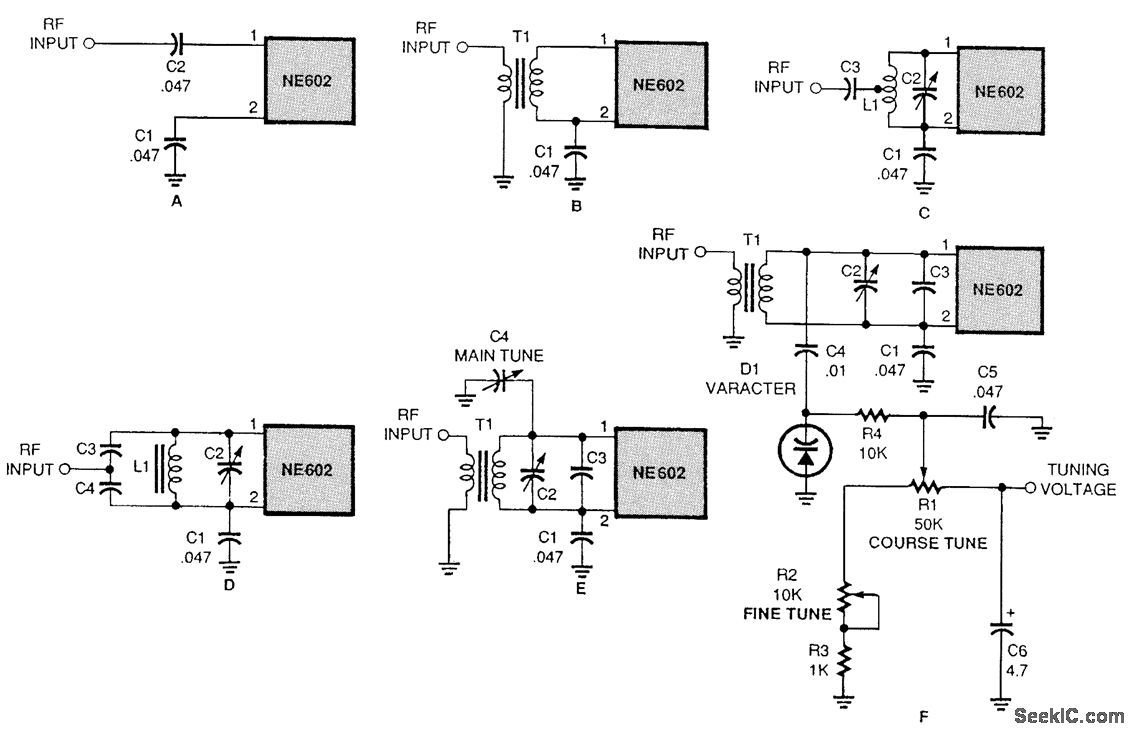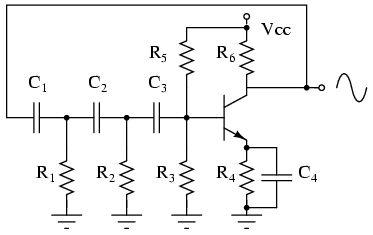
Ultrasonic motion detector circuits

The motion sensor circuit depicted in Figure 1 operates when a 12-volt power supply is applied to the input point.
The motion sensor circuit is designed to detect movement and trigger a response based on the presence of motion in its vicinity. The circuit typically includes a motion sensor, such as a passive infrared (PIR) sensor, which detects changes in infrared radiation caused by moving objects, particularly warm bodies like humans or animals.
Upon applying a 12-volt power supply to the circuit, the PIR sensor begins to operate. It continuously monitors the environment for any infrared signals. When motion is detected, the sensor outputs a high signal, which can be used to activate other components in the circuit, such as a relay, LED, or alarm system.
The circuit may include additional components such as resistors and capacitors to filter signals and stabilize the operation of the motion sensor. A microcontroller or a comparator may also be integrated to process the sensor output and manage the response of the circuit, allowing for more advanced features such as adjustable sensitivity or delay times.
Connections in the circuit must be made properly to ensure that the sensor receives the correct voltage and that the output is directed to the intended device. The layout should minimize interference from external sources, and careful consideration should be given to the placement of the PIR sensor to maximize its detection range.
Overall, this motion sensor circuit is a versatile solution for various applications, including security systems, automatic lighting, and energy-saving devices, providing a reliable means of detecting movement and responding accordingly.From circuits in Figure 1 is the motion sensor circuit. The working of circuit to start from when we apply a power supply 12 volt to input point 12 volt. T From circuits in Figure 1 is the motion sensor circuit. The working of circuit to start from when we apply a power supply 12 volt to input point 12 volt. Then.. 🔗 External reference
The motion sensor circuit is designed to detect movement and trigger a response based on the presence of motion in its vicinity. The circuit typically includes a motion sensor, such as a passive infrared (PIR) sensor, which detects changes in infrared radiation caused by moving objects, particularly warm bodies like humans or animals.
Upon applying a 12-volt power supply to the circuit, the PIR sensor begins to operate. It continuously monitors the environment for any infrared signals. When motion is detected, the sensor outputs a high signal, which can be used to activate other components in the circuit, such as a relay, LED, or alarm system.
The circuit may include additional components such as resistors and capacitors to filter signals and stabilize the operation of the motion sensor. A microcontroller or a comparator may also be integrated to process the sensor output and manage the response of the circuit, allowing for more advanced features such as adjustable sensitivity or delay times.
Connections in the circuit must be made properly to ensure that the sensor receives the correct voltage and that the output is directed to the intended device. The layout should minimize interference from external sources, and careful consideration should be given to the placement of the PIR sensor to maximize its detection range.
Overall, this motion sensor circuit is a versatile solution for various applications, including security systems, automatic lighting, and energy-saving devices, providing a reliable means of detecting movement and responding accordingly.From circuits in Figure 1 is the motion sensor circuit. The working of circuit to start from when we apply a power supply 12 volt to input point 12 volt. T From circuits in Figure 1 is the motion sensor circuit. The working of circuit to start from when we apply a power supply 12 volt to input point 12 volt. Then.. 🔗 External reference





